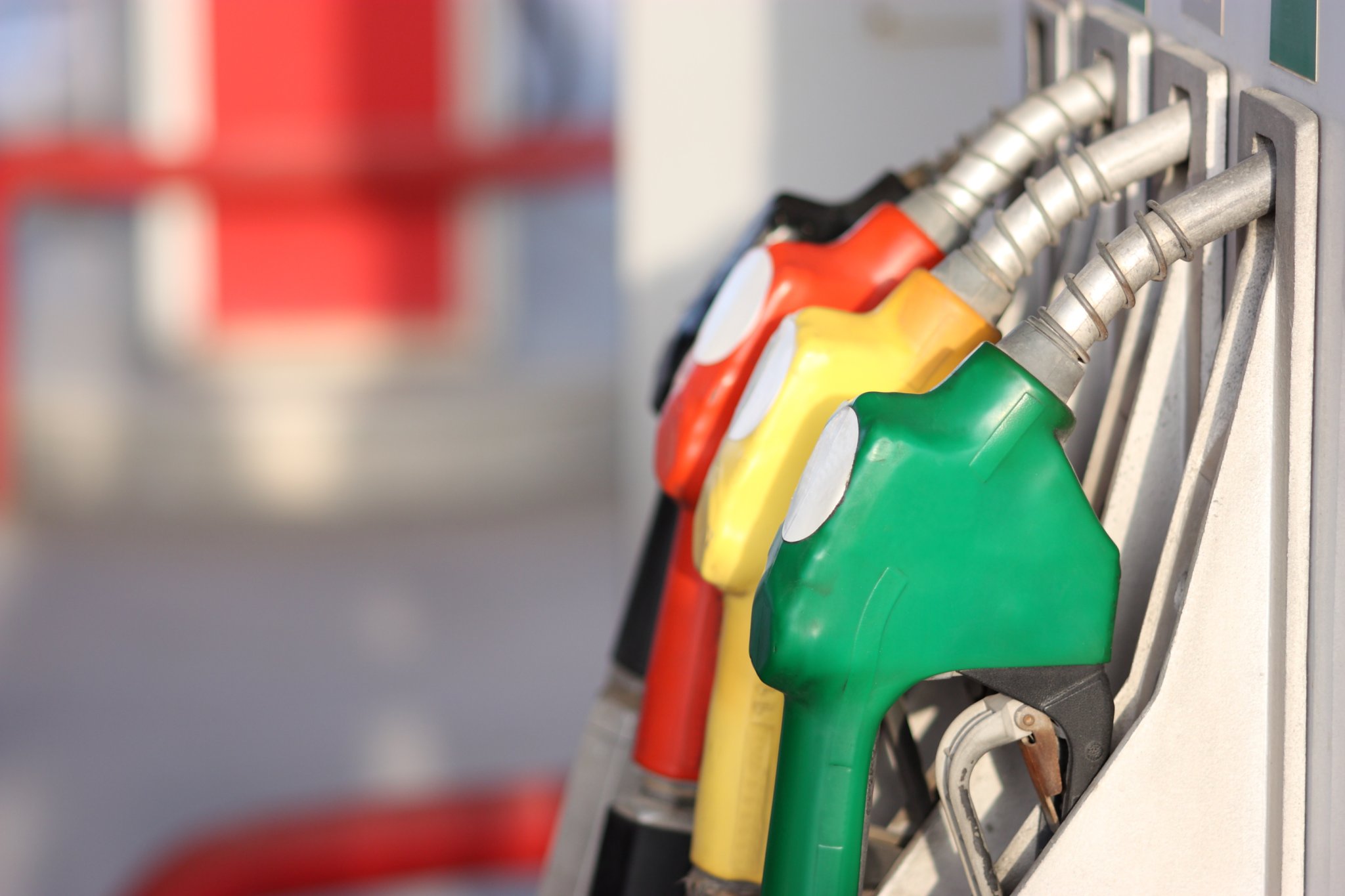

If premium is recommended but not required for your vehicle, it may not be worth the extra cost, which can run as high as 25 percent or more than regular gasoline, suggests research out Tuesday.
The latest testing by AAA showed using premium gasoline in vehicles that recommend but don’t require it may see increased fuel economy and performance under certain driving conditions, such as towing or hauling cargo. But the AAA study found the substantial expense of higher-octane fuel may outweigh the benefits for many drivers.
“The gap between premium and regular gas has been steadily rising since 2009, with the most dramatic increase occurring in the last two years,” Jeanette Casselano, AAA gas price expert, said in a release. “Fewer than five years ago, only a 10 percent gap existed between premium and regular. Today, that spread has doubled with premium gasoline costing almost 50 cents more per gallon and is still climbing. ”
Engines have to be calibrated to require higher-octane premium fuel to see the full benefit of using it, John Nielsen, the motoring club’s managing director of automotive engineering and repair. “Based on AAA’s testing, vehicles that only recommend premium gasoline can’t take full advantage of higher octane fuel and, as a result, the benefit that comes from upgrading to premium gasoline may not offset its high cost,” he said.
Last year, nearly 1.5 million new vehicles sold in the U. S. recommend, but do not require, premium gasoline.
In a study released last year, AAA found consumers wasted nearly $2.1 billion fueling vehicles that neither recommended or required premium gasoline.